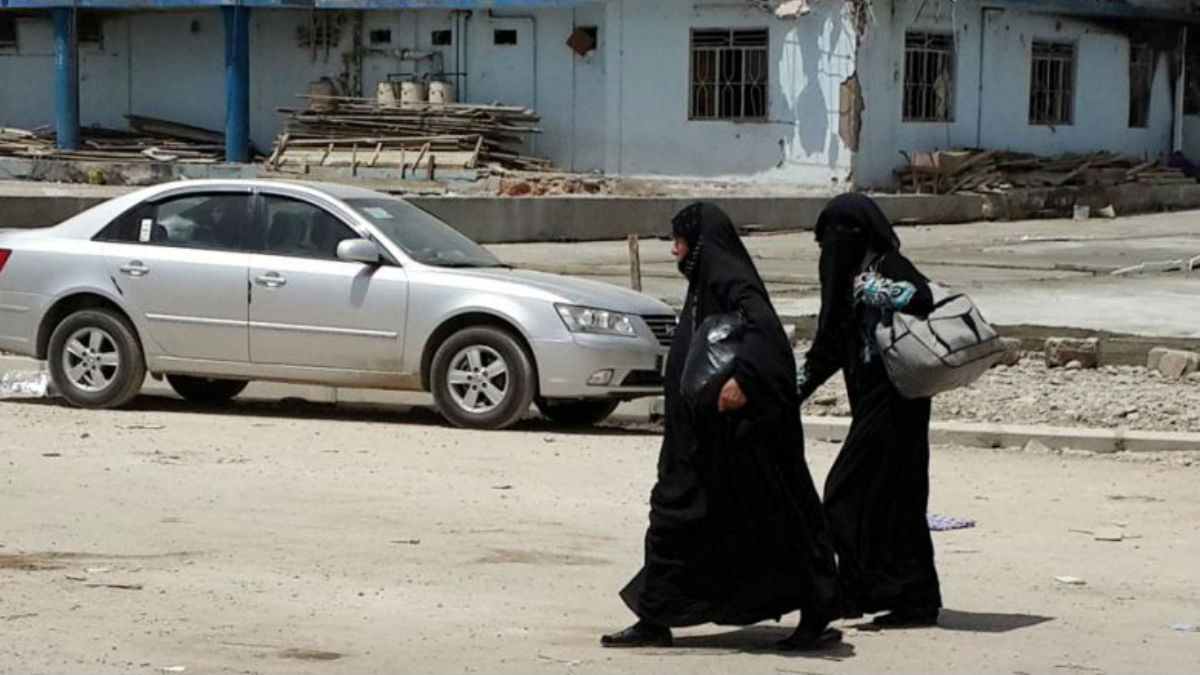
FGM has fallen over past three decades
Signals success of international initiatives
FGM is still widespread in Iraq
The prevalence of female genital mutilation/cutting among girls up to the age of 14 has fallen sharply in most regions of Africa over the past three decades, according to a report in BMJ Global Health.
But the rates of decline vary widely by country and the practice is still pervasive in Iraq and Yemen.
The prevalence of FGM/cutting varied widely among and within countries and regions during the survey periods. The decline was steepest in East Africa, followed by North and West Africa.
Prevalence fell from 71.4 per cent in 1995 to 8 per cent in 2016 in East Africa; from just under 58 per cent in 1990 to just over 14 per cent in 2015 in North Africa; and from 73.6 per cent in 1996 to 25.4 per cent in 2017 in West Africa.
However, in Western Asia, FGM/cutting prevalence has gone up, rising by 1 per cent in 1997, and by just under 16 per cent in 2013.
While these trends point to the overall success of national and international initiatives to drive down the practice over the past three decades, there is still significant cause for concern, note the authors.
“The risk factors still prevail, which potentially heightens the likelihood of reverse trend in some countries,” they point out. “These risk factors include lack of, or poor, education, poverty, gendered cultural forces….and continued perception of FGM/cutting as a potential marriage market activity.”
Creative commons
https://www.bioedge.org/images/2008images/FB_fgm_isis_2.jpg
female genital mutilation
- How long can you put off seeing the doctor because of lockdowns? - December 3, 2021
- House of Lords debates assisted suicide—again - October 28, 2021
- Spanish government tries to restrict conscientious objection - October 28, 2021
